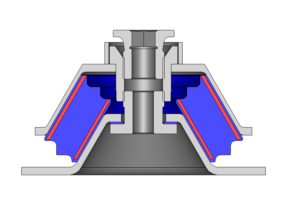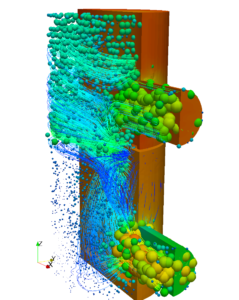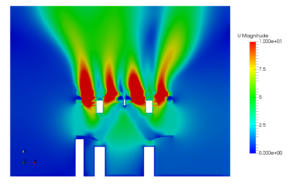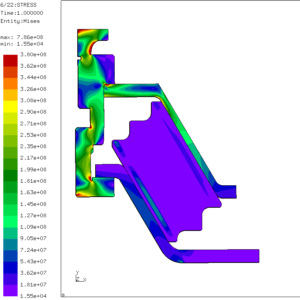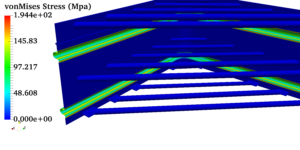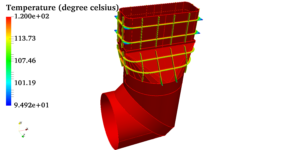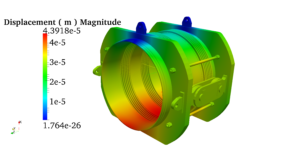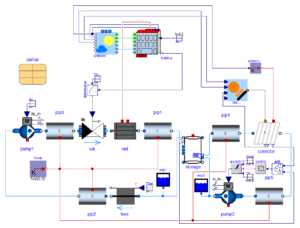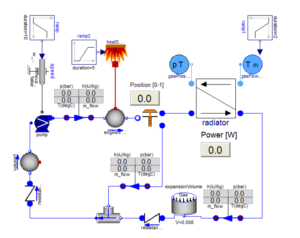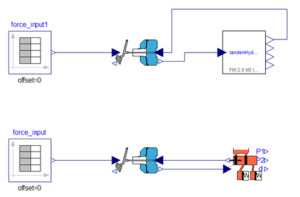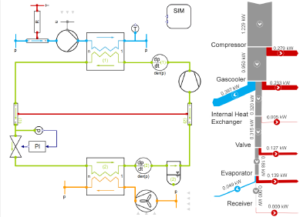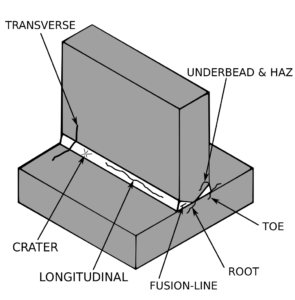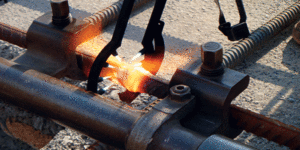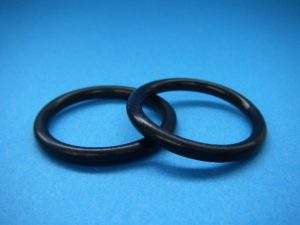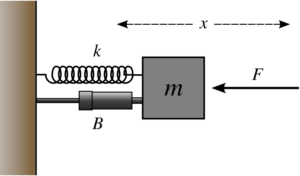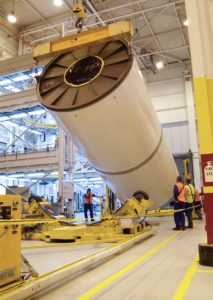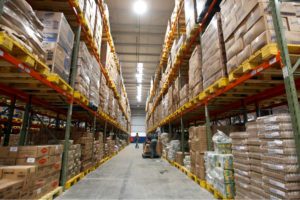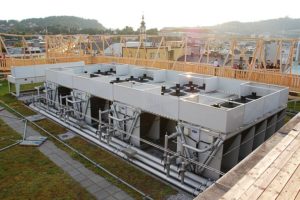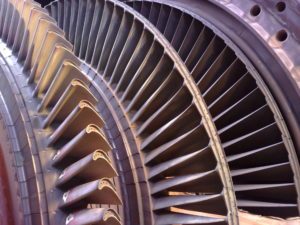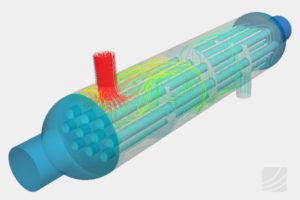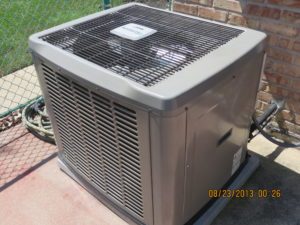HVAC System Design : Human Thermal Comfort
HVAC System Design : Human Thermal Comfort
Human thermal comfort broadly refers how the occupants feel in side the conditioned space. Thermal comfort is difficult to measure since it depends on lot of parameters such as air velocity, metabolism, air temperature, individual experience and humidity.
A cold sensation will be acceptable if the body is overheated, but will be uncomfortable when the body is already chill. The clothing plays a important role in comfort factor because the skin temperature is not uniform in the body, and it doesn’t cool evenly. Therefore sensation in the body part varies with clothing, time and temperature.
The factors that affects thermal comfort are relative humidity, air temperature, air velocity, metabolism and clothing insulation.
- Metabolism Rate : People have different metabolism rate due to different activity level and surrounding condition
- Air temperature : The air temperature is the average temperature that surrounds the occupant in a particular location at a particular time.
- Relative Humidity : Relative humidity is the amount of water vapour in the air to the amount of water vapour that it can hold at the particular temperature and pressure.
- Clothing insulation : The amount of clothes worn by the person has an impact on the thermal comforts since it affects the thermal balance, layers of clothes can prevent the heat loss which can keep the person warm.
PMV(Predicted Mean Vote):
The PMV refers to the thermal scale that runs from cold to hot, A mathematical model was made using heat balance equation and skin temperature to define comfort. People comfort level can be found from this model,but moreover people satisfaction can be found. These above parameters plays an important role in the pmv model.
PPD(Predicted Percentage of Dissatisfied):
This model predicts the percentage of people dissatisfied with the thermal condition present in their surrounding.This method treats all occupants the same and disregards location and adaptation to the thermal environment. It basically states that the indoor temperature should not change as the seasons do. Rather, there should be one set temperature year-round. This is taking a more passive stand that humans do not have to adapt to different temperatures since it would always be constant.

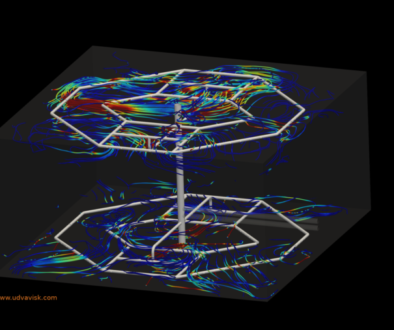
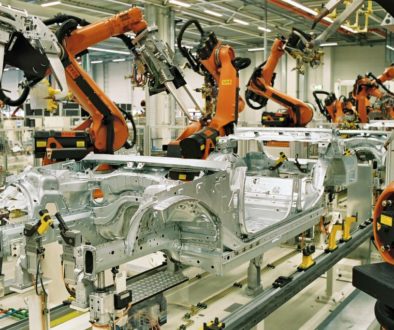
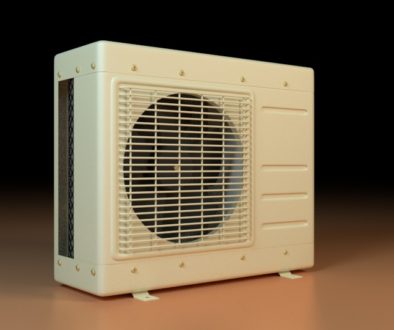
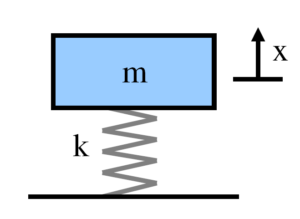
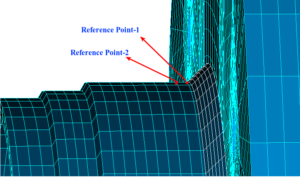
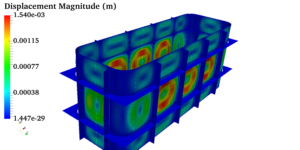 Pressure vessels, pipes, expansion joints etc. are basic equipments for process industries. Pressure vessels are vessels working under internal, external or vacuum pressure, and possibly subjected to high temperature. Proper design and analysis is very important for the pressure vessels, as their failure can cause lot of hazards. Codes/ standards are used in the design phase, followed by analysis to ascertain stresses are within the allowable range. ASME provides wide range of guidelines for the proper design of such vessels.
Pressure vessels, pipes, expansion joints etc. are basic equipments for process industries. Pressure vessels are vessels working under internal, external or vacuum pressure, and possibly subjected to high temperature. Proper design and analysis is very important for the pressure vessels, as their failure can cause lot of hazards. Codes/ standards are used in the design phase, followed by analysis to ascertain stresses are within the allowable range. ASME provides wide range of guidelines for the proper design of such vessels.